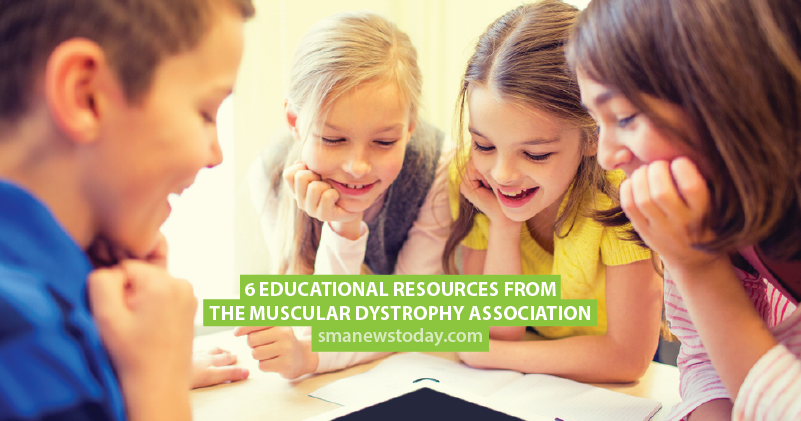6 Educational Resources From the Muscular Dystrophy Association

When your child starts school you may need some help settling in and preparing the school and teachers for meeting your child’s needs. The Muscular Dystrophy Association (MDA) offers a range of educational resources designed to help children with muscular dystrophy and spinal muscular atrophy (SMA) get the most out of school life and enjoy a fulfilling education.
Here are some of the resources they offer:

Teacher Presentations
A local representative of the MDA can attend school meetings with you to ensure the school understands the condition and how they can help your child get the best education and fully participate in school life. This communication can be ongoing to keep up with your child’s changing needs as they go through the school years and to make provisions for any long absences.
In addition, the school will need to know of any modifications or accommodations it needs to make to ensure your child’s safety at school and that they won’t be at an educational disadvantage.
Learn more about the five steps of SMA diagnosis.

Class Presentations
Parents often find it useful if someone from the MDA talks to their child’s entire class or year regarding their condition. Explaining why your child needs specialized equipment and classroom assistance and that despite their disability, your child can be an active member of the class and a great friend will help them accept and befriend their new classmate, smoothing over any initial doubts children have and to pave the way for them to be included quickly.
Read about five frequently asked questions about spinal muscular atrophy.

Educational Materials
The MDA can also supply schools and fellow pupils with educational resources such as pamphlets, videos, and presentations to help them to understand neuromuscular diseases.
Read about five experimental therapies for SMA you might find interesting.

Hop-a-Thon
A Hop-a-Thon is an MDA program aimed at children between two and seven years old that teaches them about physical disabilities. The scheme is available for kindergartens, preschools and elementary schools.
Find out more on how gene therapy can be used to treat SMA.

Young Adults Program
The MDA’s young adults program helps older students to get the most out of education, employment and life in general through a peer-led initiative.

Quest Magazine
Quest magazine has an education section that can be of great use to both students and teachers alike. The articles cover all aspects of education for anyone with a neuromuscular disease as well as up-to-date articles about research and topics related to MD and SMA.
Here are eight notable people who have spinal muscular atrophy.
SMA News Today is strictly a news and information website about the disease. It does not provide medical advice, diagnosis or treatment. This content is not intended to be a substitute for professional medical advice, diagnosis, or treatment. Always seek the advice of your physician or another qualified health provider with any questions you may have regarding a medical condition. Never disregard professional medical advice or delay in seeking it because of something you have read on this website.







